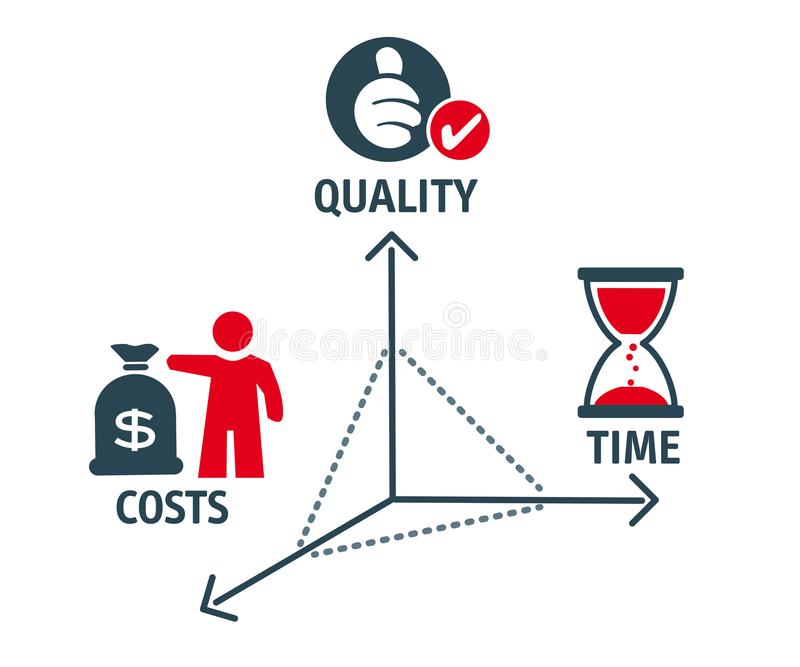Cost of Funds Analysis
The cost of funds is a reference to the interest rate that financial institutions are spending for the funds they use in their business. The cost of funding is one of the most substantial variable costs for a financial institution when a lower expense would end up delivering higher returns as the funding are used to creditors for short-term and long-term loans.
One of the key sources of profit for many financial institutions is the difference between the expense of the funding and the interest rate paid to creditors.
- The cost of the funding is how much banks and other financial institutions have to spend to raise money.
- A reduced cost of funding means a bank can see higher returns as borrowers use the funding on loans.
- Several of the big sources of profit for many banks is the difference between the expense of the loans and the interest rate paid to creditors.
Analyzing the cost benefit: What is it?
A cost-benefit analysis (also known as a cost-benefit analysis) is a method in which companies can analyse policies , programmes or initiatives, or evaluate an intangible value. The model is created by defining the benefits of an intervention as well as the associated costs, and subtracting the benefits from the costs. A cost-benefit analysis, once performed, can yield objective findings that can be used to draw fair conclusions regarding the viability and/or advisability of a decision or circumstance.

Understanding The Cost of Funds
For lenders, like banks and credit unions, the cost of the funds is calculated by the interest rate on investment products paid to depositors, including savings accounts and time deposits. While the term is mostly used in reference to financial institutions, most companies are often greatly influenced when investing by the expense of the funds.
Funding costs and the distribution of net interest are conceptually important aspects that banks can make money. Commercial banks are raising interest rates for loans and other items that customers, enterprises and major companies require. The interest rate banks charge on such loans would be higher than the interest rate they pay for originally receiving the funding — the expense of the money.
